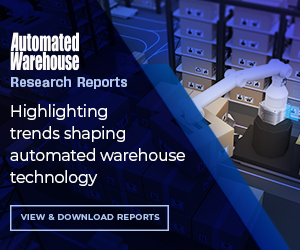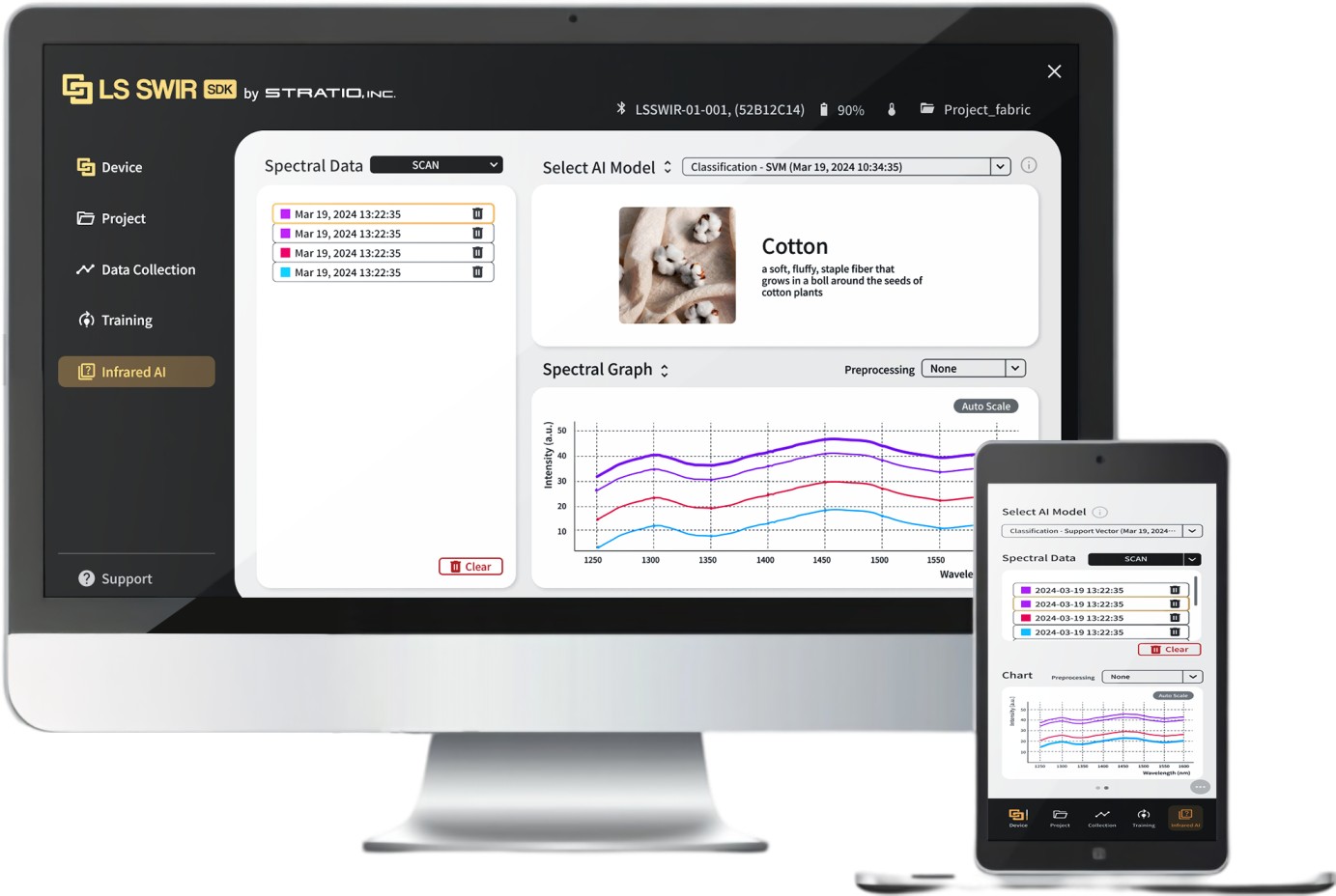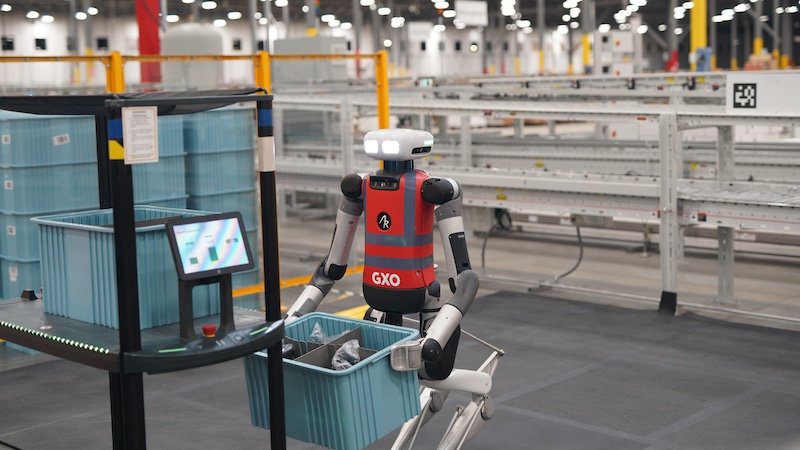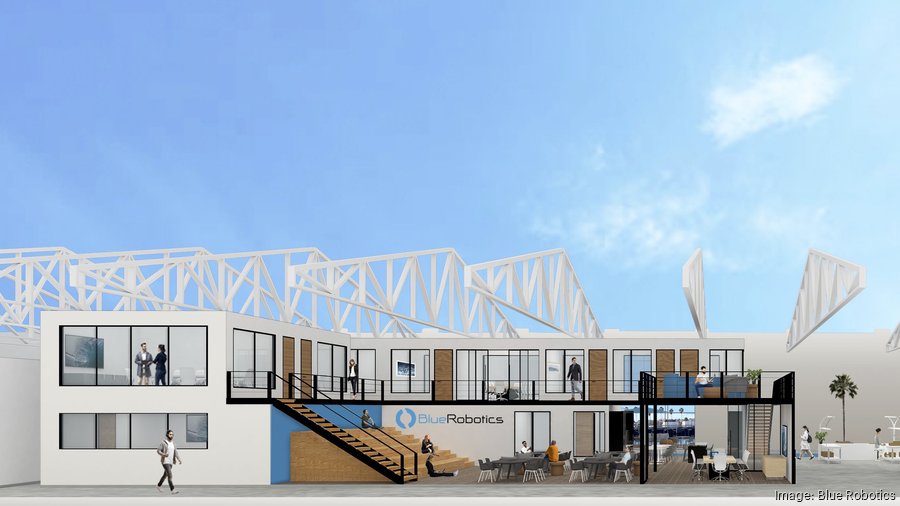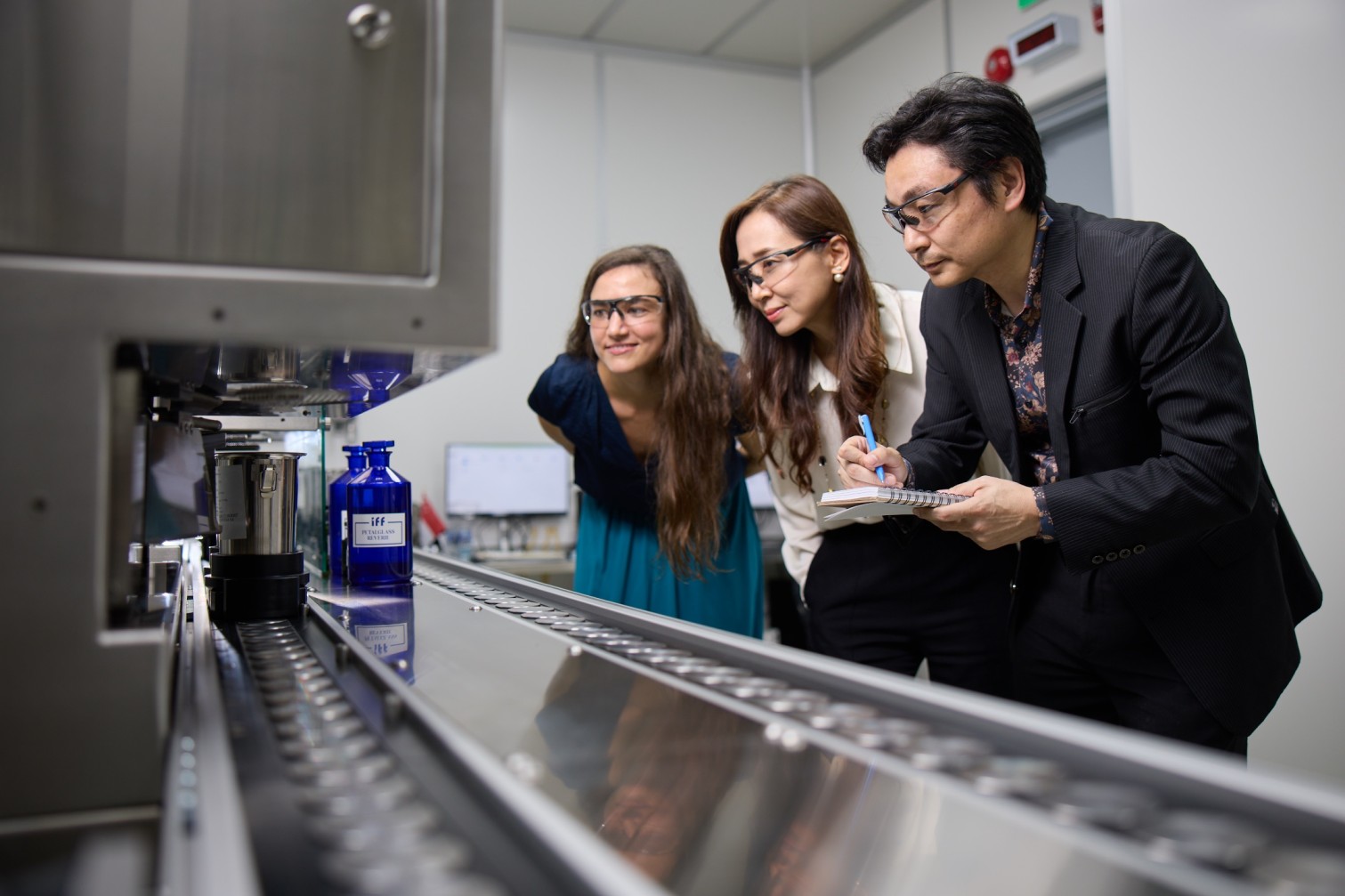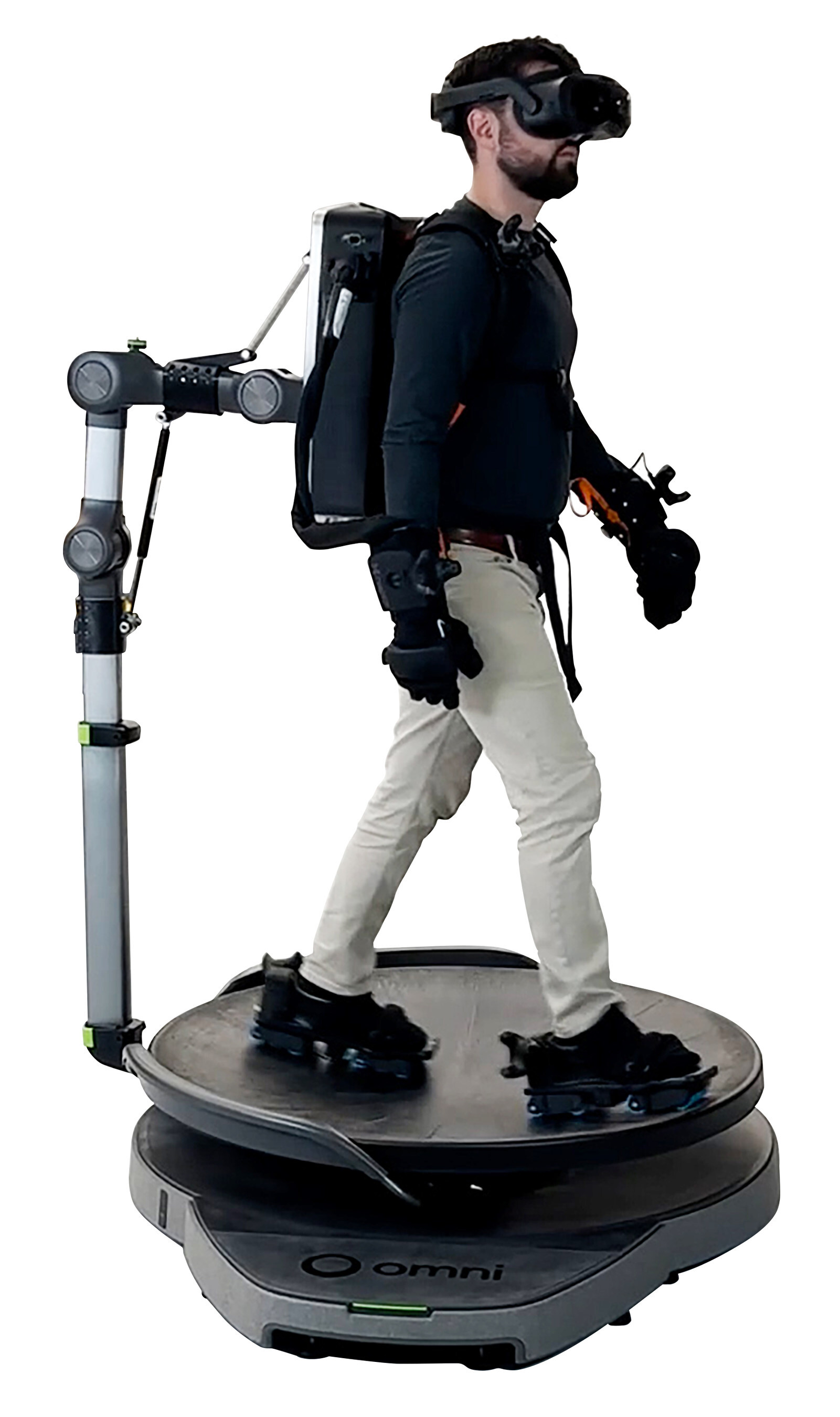Daniel Yu Discusses How MetGen is Transforming Industrial Simulation and Real-to-Sim Workflows
26 September 2025 | Interaction | By editor@rbnpress.com
MetAI Shares with Robotics Business News How NVIDIA USD Search and AI-Powered MetGen Convert 2D CAD Blueprints into Scalable, Reusable SimReady Digital Twins Across Warehousing, Manufacturing, and Data Centers
In an exclusive interview with Robotics Business News, Daniel Yu, Co-founder and CEO of MetAI, shares how the company’s MetGen platform is transforming industrial simulation. By integrating NVIDIA USD Search, MetGen can convert 2D CAD blueprints and structured data into high-fidelity, SimReady digital twins, accelerating Real-to-Sim workflows and creating a scalable, reusable asset ecosystem across warehousing, advanced manufacturing, and data centers.
What strategic goals led MetAI to integrate NVIDIA USD Search microservices into its MetGen platform at this stage?
Daniel Yu: MetAI’s vision has always been to make industrial simulation scalable and accessible. Integrating NVIDIA USD Search directly into MetGen is a strategic step toward that goal. USD Search lets users instantly find standardized SimReady assets, cutting build time and ensuring interoperability. Strategically, it helps build a shared asset ecosystem, a key step in making Real-to-Sim scalable across industries.
How does MetGen convert 2D CAD blueprints and structured data into high-fidelity, operational SimReady digital twins?
Daniel Yu: MetGen uses MetAI’s unique AI + 3D integrated technology to automatically transform 2D blueprints such as CAD drawings and structured data into physics-aware OpenUSD assets and environments. What once required weeks of manual modeling now happens in minutes—ready for simulation or AI training.
What practical benefits does NVIDIA USD Search provide—especially regarding asset retrieval and simulation scalability?
Daniel Yu: Combined with MetGen’s environment generation model, controller simulators, and AI agents, USD Search ensures every new asset built can be searched and leveraged in a way similar to an “asset library” that eventually users can search for all the pre-built assets, accelerating the environment establishment processes even more. In short, it accelerates environment building, standardizes asset use, and ensures scalability across projects.
How does the closed-loop workflow—from layout blueprints to searchable SimReady assets—streamline simulation creation?
Daniel Yu: The workflow starts with user inputs—2D CAD blueprints or structured layouts—which MetGen converts into SimReady OpenUSD digital twins. Through its API integration, MetGen automatically indexes and enriches these assets into USD Search, making them searchable and reusable in future projects. This closed loop means every asset created not only serves the immediate simulation, but also expands the library for the next one. Over time, this compounds into a more comprehensive, scalable ecosystem where teams build faster, reuse more, and achieve consistent simulation quality.
What does the current pilot deployment involve, and what results have emerged so far?
Daniel Yu: Pilots validated seamless API integration. When assets weren’t found, MetGen generated and indexed them into USD Search. Based on early feedback and looking forward, we’re focusing on expanding the volume of standardized assets available for search, creating an increasingly rich simulation ecosystem.
How is MetAI leveraging this Real-to-Sim and Sim-to-Real workflow beyond warehousing?
Daniel Yu: Warehousing is our first proving ground, but the same Real-to-Sim and Sim-to-Real methodology applies to advanced manufacturing and data centers. The goal is the same across domains: reduce deployment cycles and enable AI agents to be trained virtually before touching physical systems.
With MetGen’s beta release planned for August, what milestones and ecosystem expansions are you targeting?
Daniel Yu: Our beta release is currently limited to select users, with the goal of gathering deep feedback on usability and performance. By the end of this year, we plan to expand access publicly. Starting next year, we’ll extend MetGen beyond warehousing into advanced manufacturing, semiconductors, and data centers, all of which are already in early development. Parallel to that, we’re expanding ecosystem partnerships with hardware providers, system integrators, and software vendors to strengthen the OpenUSD simulation ecosystem around MetGen.
How do you envision integrating agentic AI tools into scene construction?
Daniel Yu: Agentic AI will act as a co-designer or planner—auto-suggesting layouts, generating assets, and simulating operator behavior. The long-term vision is a self-improving simulation loop that adapts based on real-world outcomes.





